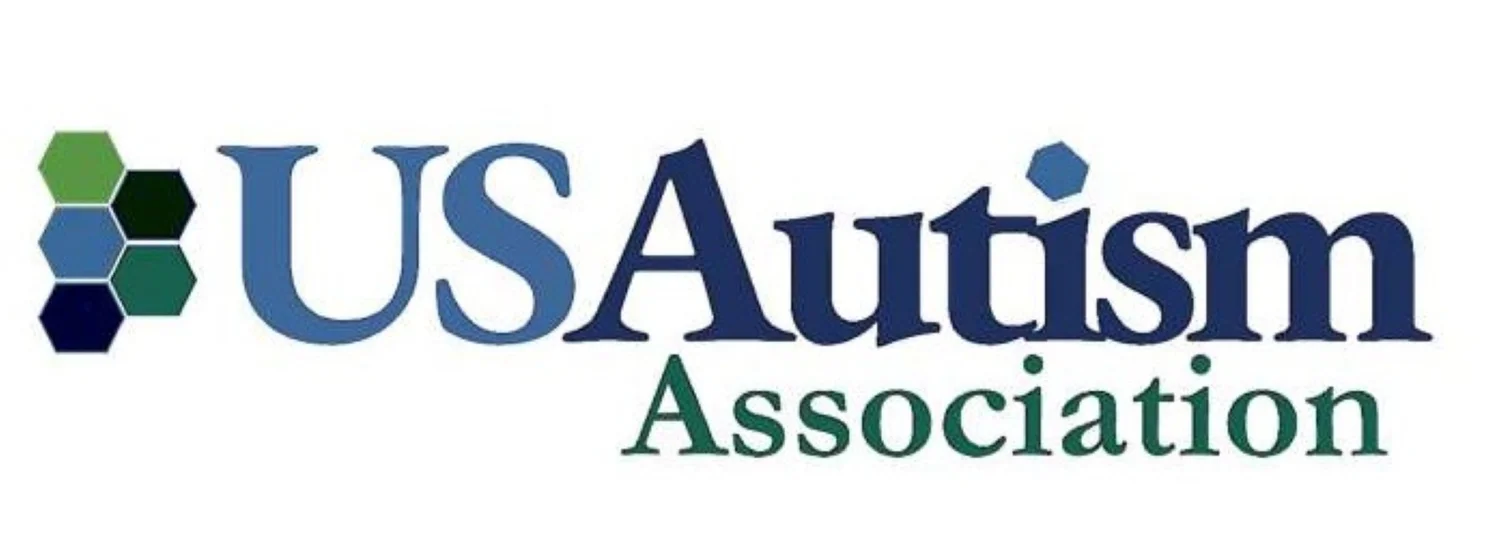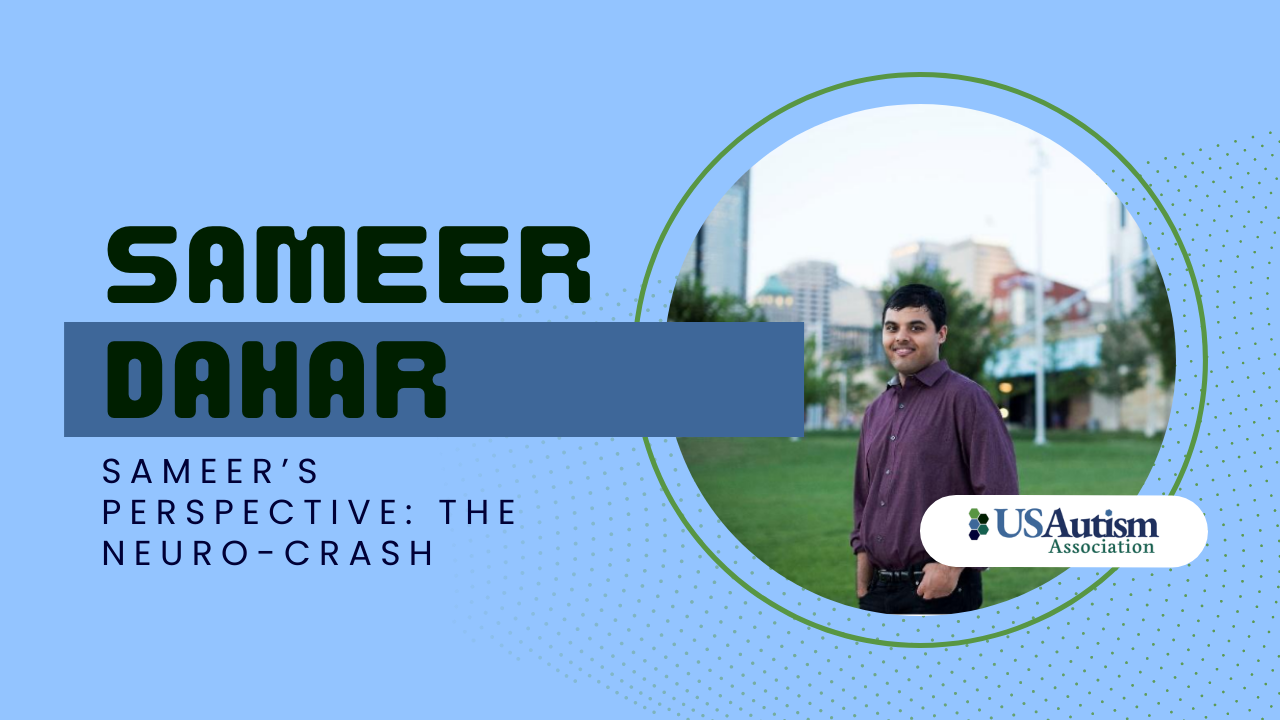Sameer Dahar
Sameer Dahar is a gifted young adult with autism. As he is primarily non-vocal he is a strong advocate for those who have no voice. He uses an iPad and letterboards to spell and type for communication. Sameer has spoken about autism in local organizations in the greater Cincinnati area, including The Parent and Professional Autism Workgroup at Children’s Hospital, the Islamic Center of Greater Cincinnati, as well as nationally. Sameer participated on a self-advocacy panel at the 2014 and 2015 US Autism Aspergers Association World Conference. He was their first non vocal presenter, sharing his PowerPoint presentation on his life experience with autism, at the 2015 USAAA World Conference.
Despite his challenges, he is successfully graduated from Ohio Virtual Academy and is currently pursuing a degree in cognitive sciences/philosophy. His goal is to become an astrophysicist and writer. He is currently typing a book describing his alternative geophysical experience living with autism. His love of science has also led him to study language and autism, he recently presented at the University of Cincinnati’s CEES summer program his project entitled “Linguistic Frames in Autism.” His writings have also led him down a creative path; Sameer’s poems “Great Camelot” and “Traversing Great Solitude” has been put to opera by acclaimed composer Juliana Hall, as part of the Lynx Project, an artistic project pairing art song vocalists and composers with nonvocal writers.
Sameer’s thoughts on developing communication and his journey:
“Speech has many aspects, internal as well external. Naturally, most people have creative social expression combined with linguistic potentials. Expression in autistic individuals is marked by mechanical echolalia, certain repetitive words and behaviors. Society views these demonstrations as subhuman; moreover therapists discourage each effort on the part of autistic people to communicate. Behavioral models are archaic. Therapists should make sensory based language teaching; teaching the senses to process language. We listen. Most of us have strong receptive language-something therapists forget. Creative waters run deep.
“Language has discrete algorithms with thresholds to cross.
“Even today, each time words form in my mind, I struggle to make verbal dialogue. It is neurological, not mental retardation.
“So how did I learn to communicate? I was just eleven when my parents found out I had a brain. The Rapid Prompting Method opened the doors of my mind. My mother had concluded that I could be taught academics and so set about teaching me to point to letters on a piece of paper. You see, I couldn't speak or write. For nearly a decade, my parents and I could only communicate through picture exchange. Symbolic systems cannot help one grasp abstract concepts or truly teach language...so day after day, we pointed to the alphabet. I learned how to spell words, do mental math, and learn about myself, my autism, and my environment. I began to dream of theories to describe my light universe; the quanta of information I experience everyday as a person with autism.
“I overcame many obstacles. Many times I felt imprisoned by lack of initiation. But one day, challenging myself I sat down at my brother’s computer and grabbed the letterboard. Mom stood beside me and opened the word processor. She watched in silence as I began to touch a letter on my letterboard and then type the corresponding key on the keyboard.
“It was a relief to see mom and dad finally realizing I could intelligently communicate. That morning changed my life. I felt profoundly grateful that an open door had been found to my expression. It was birth of my connection to the world. All my life I had wondered about the physical world, but was never able to explain it to my parents. Can you perceive as I do? Every day I perceive thousands of sights and sounds simultaneously each moment. As a child, I explored light by watching its effects and played with my shadow. My parents dismissed my spinning and my stims as behaviors. After witnessing my spelling and typing, they believed in me. Mom placed importance in my writing. Discussion has truly begun. I keep writing as I see a means to a purposeful living. I keep exploring the depths of my knowledge. Mom gives me daily writing prompts and dad makes me think about the world and its complexity. This is path I forge today...to you I say all people have potential. To you I say autism can be a gift. Accept us and we will accept you.”
The Sensory Journey
By Sameer Dahar
For all my life, I have watched in wonder as my reality of autism has unfolded before me. The particle awareness I have acquired today makes me wonder - is my open, sensory-system language, a defining of stimulation in autism? Or does this language leverage a different way of being and thinking? Over the years the general thinking on this topic from the experts has made me frustrated. The lack of understanding about atypical neural function in autism has undermined the potential development of autistic people. The movement discrepancies, geophysics in discrete information processing, the sensory thresholds, and the ideological frameworks of autism have been misunderstood and taken as deficits. I want to change that. In this series I will describe my sensory experience in scientific terms as best I can. Come join me on this sensory journey…
Energy and my open sensory system
In autism, we have open sensory systems. Open sensory systems are those in which geophysical stimulation generate noncommensurate responses. These responses are a consequence of altered sensory thresholds and filteration of stimuli. In scientific terms the threshold stimulus is the weakest stimulus that could generate an action potential in a neuron. There are thresholds or levels of intensity of stimuli which allow for their detection, recognition, and tracking. In autism discrete patterns of thresholds are manifested beyond holistic, neurotypical observation of the environment. Each pattern algorithm is modulated by the level of environmental noise or the energy interaction of the human being with its environment. This interaction comes in the form of sound, light, electromagnetic wavelengths, material or particle thermodynamics, pressure differentials, vestibular changes with body movement and orientation. These interactions can affect our ability to detect and recognize stimuli. In autism these interactions are either subthreshold or suprathreshold, and the creation of action potentials can occur in absence of noticeable stimuli. Right now, scientists don’t know how or why this happens. It could be because of atypical neural circuitry, different working thresholds, altered neural memory or neural transmission delays.
More to come! Subscribe to the US Autism Association newsletter and check back here for new additions to Sameer’s essay The Sensory Journey.
To learn more about Sameer, please visit his website: THE AUTISM ASTRONAUT- MY LIFE WITH NONVOCAL AUTISM.










